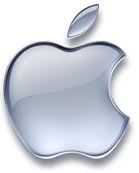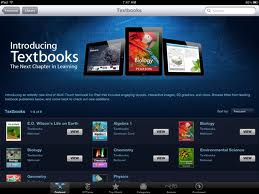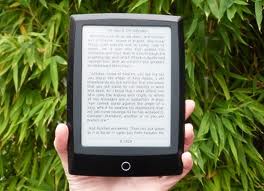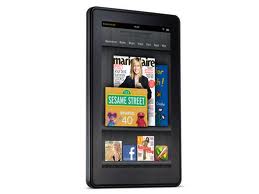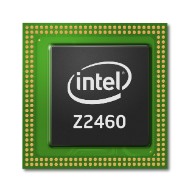Apple is returning to its roots with its new education push announced today, only this time there will be no floppy drive or large beige computers on students desks with a tangle of wires connecting everything, but rather tablets and wireless communications.
While this will most likely mean great news for education content developers as well as students, it will also be a boon for other markets as well, ranging from Wi-Fi equipment manufacturers and the entire world of sports and sport content development.
The news
Apple is back in the space, but this time as a supplier of educational material, primarily books. It has unveiled iBooks 2 for iPad, and claims that it will lead to a new type of textbook for students.
The key to iBooks 2, which is available in its own section at the iTune store, is that it will enable the creation of materials that will feature interactive animations, diagrams, photos, videos and will provide an easy to use navigational system.
The company has already enlisted several educational publishers including Houghton Mifflin Harcourt, McGraw-Hill and Pearson. Also teachers can create their own books for class using the iBooks Author tool.
For students the advantages are obvious, lighter backpacks since all of their text books can be carried in one small device. The cost, which Apple said will be in the $15 range for many books, will help with their expenses and they can be updated in real time to reflect current events or current ideas on a theme.
In addition to the iBooks 2 Apple has also released the iTunes U app that makes available a huge catalog of free educational materials, 20,000 educational apps as well as a wide variety of books that are used in school curriculum.
This is just the latest step from Apple in its effort to reestablish itself as one of the premier hardware and software players in the education market. It has been courting educators since it released the iPad. Apple has already seen a growing adoption of the iPad as a teaching tool in other areas including the NFL.
If Apple continues to gain share in the education field, as seems very likely at this point due to the poor showing by most of its rivals in the tablet business, this success will have far reaching implications for other companies as well.
Benefits for others
First and foremost it is most likely that the huge bulk of these iPads will only use Wi-Fi, since having two cellular bills is probably a bit much for the average student. I do not believe that most schools are prepared for a huge increase in the number of Wi-Fi users this will represent, as well as the huge increase in volume.
So hardware providers in a number of technologies from Wi-Fi hot spots to backhaul equipment providers will all see increased demand for their products
Secondly students will not just dedicate their time with the tablets to work. Aside from social media sports plays a huge role in many students’ lives. With ESPN, CBS Sports and others now streaming games a student can now be n the library and still watch the game.
The huge amount of options made available by the Australian Open for interaction with remote fans looks to be the wave of the future. Athletic, as well as theater and any other group on campus can now make interactive pitches to students as well as make video of past performances and streaming video of current games available on line.
This should lead to a demand for app and content developers to create interesting and informative programs that will grab and keep students attention. I expect that Amazon and Barnes & Noble to quickly follow suit since no one wants to leave such a huge and potentially lucrative market to Apple.
It will also spur the other Android tablet developers such as Samsung and Motorola to also develop solutions to get a piece of the pie. For customers this is great news because it will likely lead to price competition and a lowering of prices in an effort to grab market share.
